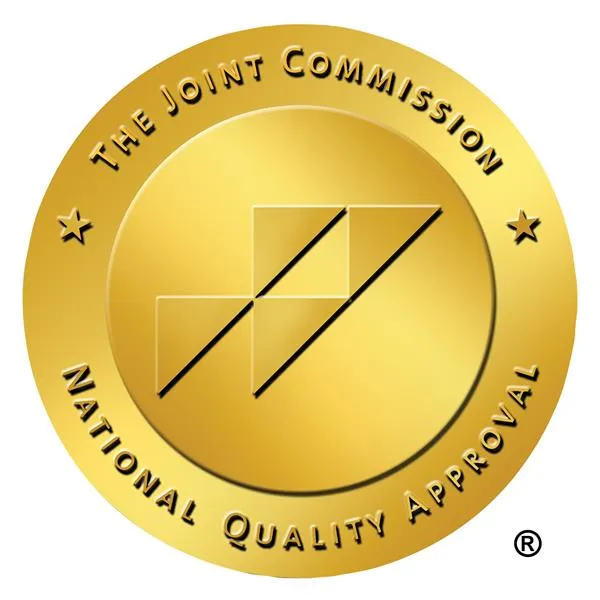The pandemic has made travel nursing a popular career option for nurses, enabling them to fill critical healthcare gaps in different states while enjoying a more flexible work life. Just like nurses, many physical therapists (PTs) have also started embracing travel assignments, successfully blending helping patients with their exploring the country and going on countless adventures.
In this article, we’ll discuss the responsibilities, pros and cons, and what you need to do to become an effective travel PT to determine if it’s the right career move for you.
What is a traveling physical therapist?
In essence, a traveling PT does everything a PT who works in one facility or clinic, except a traveling PT goes to different cities or states to fill critical staffing gaps and help patients recover from illnesses or injuries and effectively manage their pain.
Typically, traveling PTs are responsible for the following tasks:
· Evaluating, diagnosing, consulting with other healthcare specialists and doctors, and creating a specialized care plan for each patient.
· Performing hands-on or direct patient care, assessing patients’ progress, and ensuring that care plans are adjusted based on patients’ needs and desired outcomes.
· Supervising physical therapy assistants (PTAs) with treatment plans and communicating and working with other healthcare professionals.
· Documenting and regularly updating evaluations, treatment goals, and patient care plans.
· Instructing patients with range-of-motion, endurance, and strengthening exercises and the use of prosthetic devices.
· Educating patients about at-home exercises and treatments, as well as what to expect during the recovery process.
Travel therapy benefits and disadvantages
To better gauge if travel PT is viable for you, it’s important to be familiar with the pros and cons of working as one.
The pros of being a travel PT
· Secure schedule flexibility. With travel PT, you have better control of your schedule as compared to working a full-time job as a PT in a facility. As a travel PT, you decide how many assignments you’ll take on in a year. You can even choose to take breaks after each travel assignment to spend time with loved ones, travel to different places, or work on passion projects.
· Explore different places. If you’ve always been in love with exploring different places, working as a travel PT is a great work setup. It allows you to visit different cities and states, tick off items from your wanderlust travel list, and make wonderful memories. Travel PT is perfect for you if you like going on adventures, soaking in different cultures, and want to see if changes in scenery can help you avoid burnout.
· Get better pay. Travel PT typically comes with better pay and tax-free stipends, which is great if you want to get a better handle on your finances. Travel PTs usually get non-taxable housing, meal, and transportation stipends and reimbursements that usually vary in amount depending on the location of your travel assignment.
· Experience enhanced professional growth. With travel PT, you’ll be able to explore not just different places, but you’ll also be exposed to different work settings. This can help you zero in on a setting that works best for you, which is something that’s not as accessible if you’re working a perm PT job. If you like a certain location, you can always choose to extend your travel assignment, and when you’re ready for a change, you can choose a different assignment. Working as a travel PT is also a great way to grow your professional and personal network, as it allows you to meet healthcare professionals from different places.
The cons of being a travel PT
· You might feel homesick. First-time travel PTs might find themselves feeling overwhelmed and homesick on their first travel assignment. Being away from friends and family members for an extended period can be emotionally challenging for a lot of people.
· The workload can be overwhelming. If the facility you’ll be assigned to is big and busy, the workload and productivity demands can be overwhelming.
· Finding short-term housing can be challenging. It’s not always a pleasant experience to find temporary housing, even with the advent of short- and long-term homestay apps and sites.
How can I become a travel PT?
Aside from graduating from a Doctor of Physical Therapy (DPT) program from an educational institution that’s approved by the American Physical Therapy Association (APTA), passing the National Physical Therapy Exam (NPTE), and getting a state license, you must also be able to satisfy the physical requirements of the job, which involves hours of standing, walking, lifting, pushing, repositioning, and transferring patients.
Interested in becoming a travel PT?
At Meda Health, we offer travel nursing, allied health, and school staffing positions in various parts of the country. Our employees enjoy benefits that start on day 1, 24/7 scheduling support, and transparent and competitive pay. Explore our job openings here.

